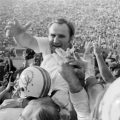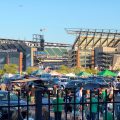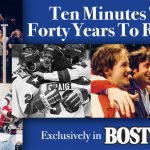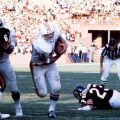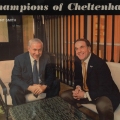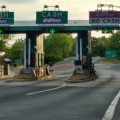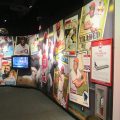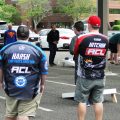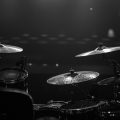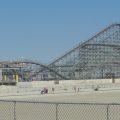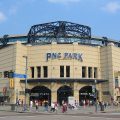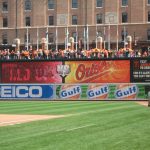Tag Archives: wrigley field
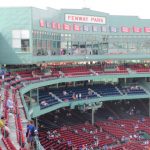
Fenway Park vs. Wrigley Field – Two Ballpark Aficionados Debate
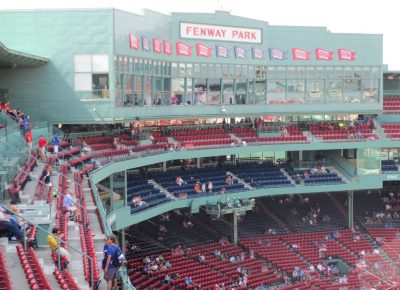
Stadium Journey published the much-anticipated debate between me and Joe Mock – and our locking horns over which of America’s two oldest ballparks is a better place to see a ballgame. I thought we put it together well. Hope you enjoy the read. (Click here to see the PDF from the magazine; click here to visit the excellent Stadium Journey website.)

In this corner, the Green Monster American Leaguer from Boston!
BALLPARK VERSUS BALLPARK
Fenway or Wrigley – Which is the best?
Joe Mock (www.BaseballParks.com) and Kurt Smith (www.BallparkEGuides.com) are webmasters for two of the most popular ballpark-themed websites on the net…and both are foremost authorities on what makes Wrigley Field and Fenway Park special. But which ballpark takes the top spot in the battle of the two classics?
The two disagree on the answer, with Joe preferring Wrigley and Kurt siding with Fenway. Let the debate begin!
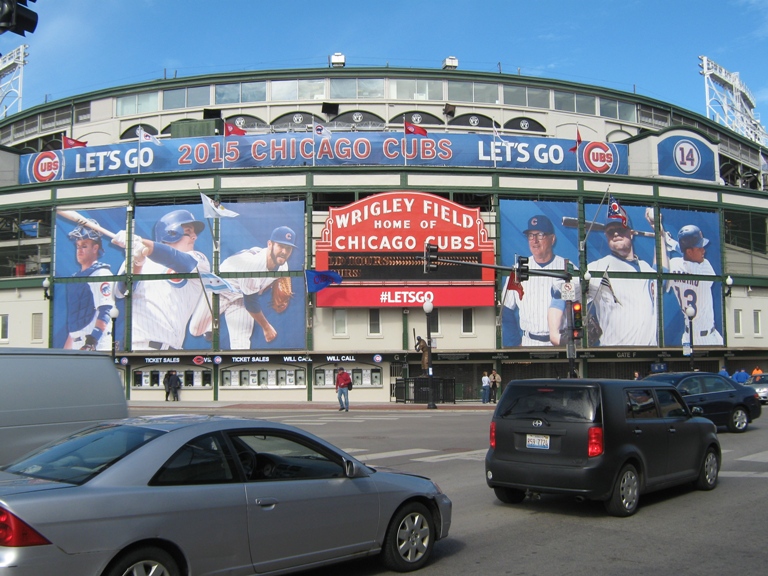
And in this corner, the ivy-covered National Leaguer from Chicago!
Each Ballpark’s Place In History
JOE: When you have two parks that date back over a century, that’s a LOT of history. Wrigley, though, wins in this category, but not by a lot.
Simply standing within the Friendly Confines fills you with a sense of history that can’t be matched by any other facility – of any sport. One reason for this is because of the way the park looks. The stately stands. The bleachers. The ivy. Just everything.
In 2014, I got to cover the 100th birthday of Wrigley for USA Today, and the way the Cubs put on the event showcased that history. While wearing throwback uniforms, they played as the Chicago Whales of the 1914 Federal League. You had no trouble envisioning the Whales playing in that ballpark. And to give the proceedings an extra air of century-long authenticity, the home team blew a lead and lost the game.
From the legendary called shot by Babe Ruth to the tragedy of Steve Bartman to the mind-blowing prowess of Jake Arrieta, Wrigley is history.
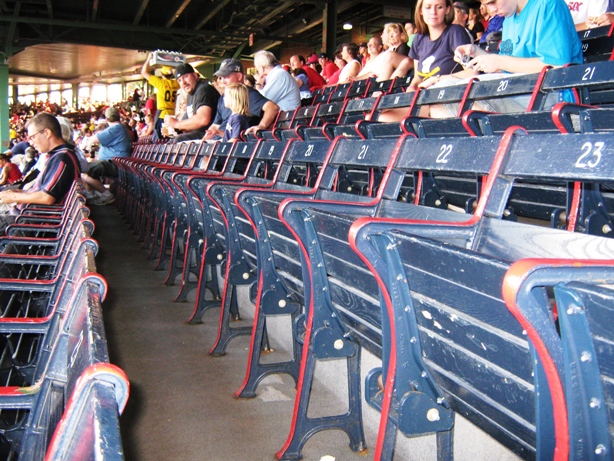
Nothing says “old ballpark” like small, wooden grandstand seats.
KURT: I agree with Joe that both Fenway and Wrigley can’t help but feature history as the backbone of their greatness…Babe Ruth (supposedly) called his shot at Wrigley and pitched at Fenway…but I disagree on the key point Joe makes about the ballparks’ look, at least now.
The Red Sox and Cubs have both recently renovated their classic ball yards, but the Red Sox enhanced the historic aspects of their ballpark, while the Cubs disrupted it. The Red Sox placed seats atop of the Green Monster and closed off Yawkey Way during games to create a great pre-game atmosphere, and the new video boards in Fenway actually look like the hand-operated classic in left field and blend in very nicely.
By contrast, the Cubs placed a huge, high-definition video board in left field that is anything but historic…and many fans agree looks completely out of place. In doing so the Cubs not only blocked the view from the Waveland Avenue rooftops, but also made the hand operated out-of-town scoreboard in center field look completely unnecessary. The rooftops and scoreboard, to these eyes anyway, were as iconic as the ivy. Maybe they had to install the video board, but it’s impossible for me to believe it couldn’t have been done better.
Before both parks were renovated, I might have given the history nod to Wrigley, but the Red Sox seemed to have much more of an eye for the ballpark’s history in their renovations.
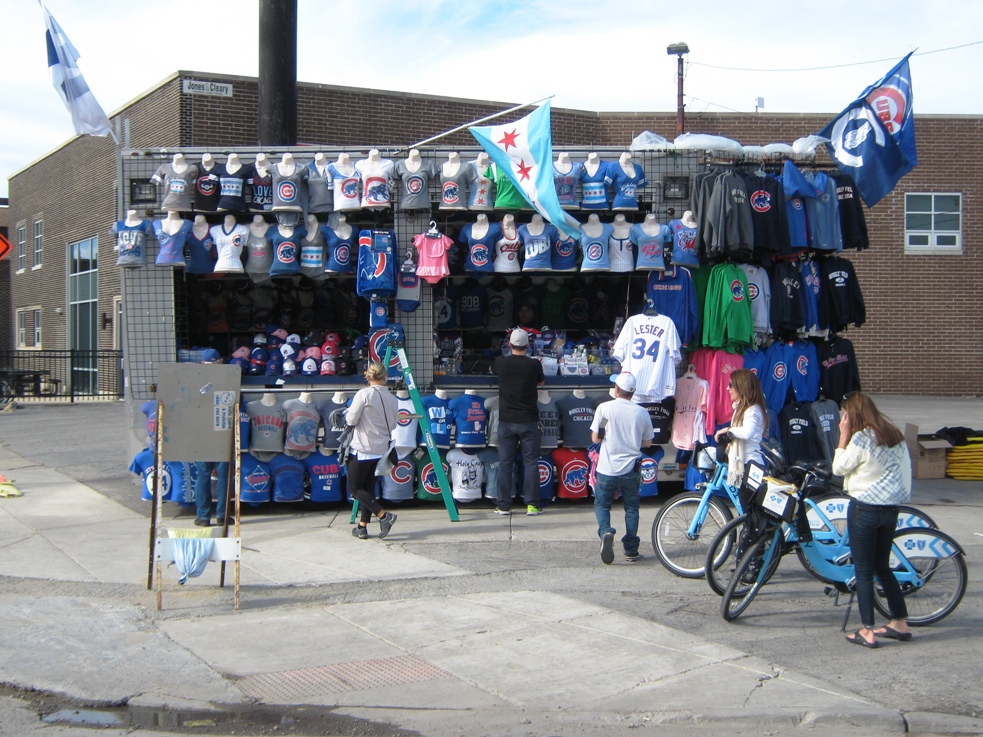
It’s not a real ballpark unless you can haggle for a cheap tee.
Surroundings
JOE: While I like the street fair atmosphere of Yawkey Way before a Sox game, you have to admit that it’s somewhat contrived. A street that is normally open to traffic is shut down for a few hours when there’s a baseball game. That’s the opposite of being “organic.”
Wrigleyville, though, is Wrigleyville 365 days a year. From the bars across the street (I mean, everyone knows the Cubby Bear, right?) to the Addison station of the red line of the L train to the neighborhood businesses and tenements that come right up to the ballpark’s footprint, nothing compares.
And does Fenway have anything like the rooftops across Sheffield and Waveland? Hardly.
No, just mentioning the “corner of Clark and Addison” evokes images of the one-of-a-kind neighborhood that surrounds Wrigley.
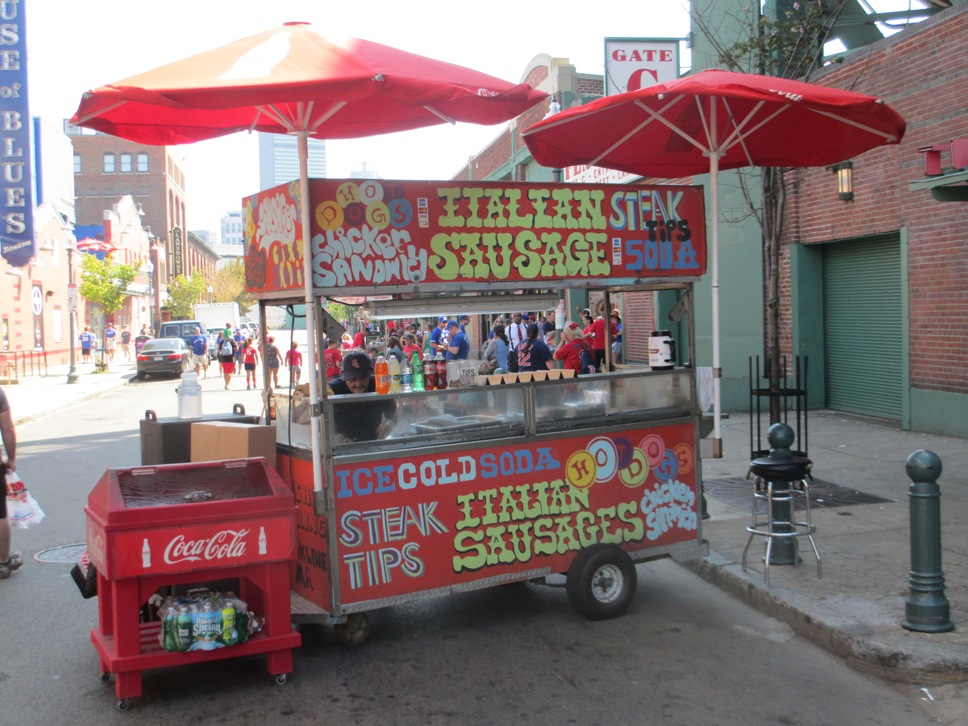
The iconic Fenway encased meat stand.
KURT: Again, Joe is right about Wrigleyville and the entire neighborhood being part of a Cubs game celebration…but unfortunately, the Cubs are disrupting that too, with their plans for a high end “plaza”.
Fenway has one very special surroundings element that Wrigley doesn’t…sausages. Lansdowne Street alone has almost a dozen purveyors of pregame sausages, dogs, chicken teriyaki or steak tip sandwiches…each one unique and many with their own brand of hot sauce.
Fenway also is right there with Wrigley in your choices of pre- or post-game party…play ping-pong at Game On, have a Bunker Hill Blueberry Ale at Boston Beer Works, or get some very cheap eats at the Baseball Tavern. Or even watch the game for free from the Bleacher Bar for a few innings. There’s something for everyone.
And while Yawkey Way may be contrived to be similar to Eutaw Street in Baltimore, it’s not a bad idea…I wouldn’t mind the Cubs turning Sheffield Avenue into part of Wrigley during games.
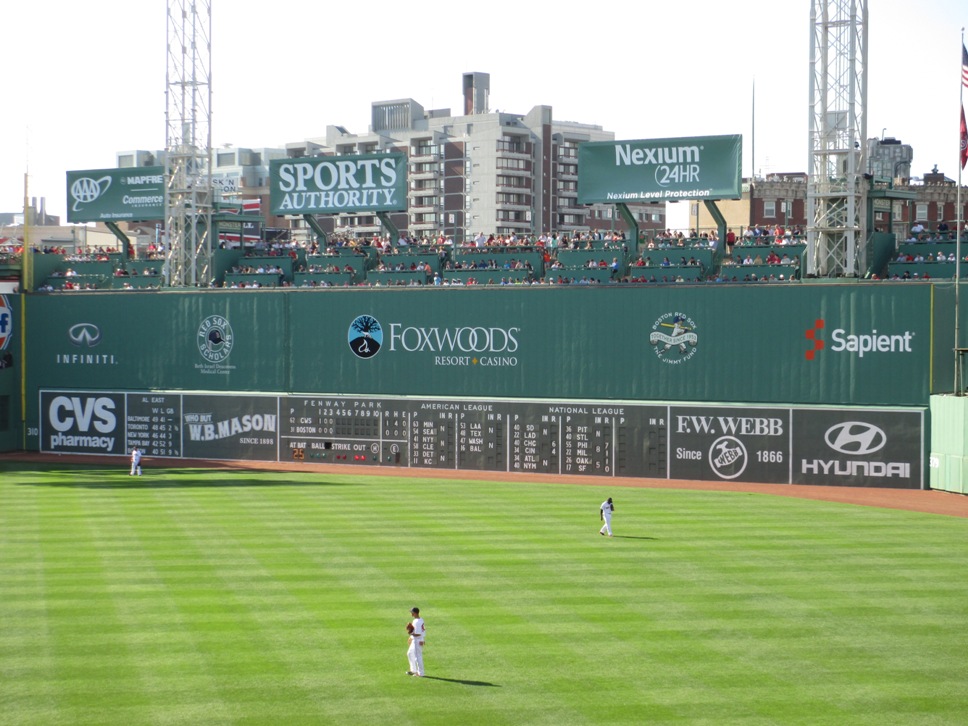
Because we couldn’t build it out onto Lansdowne Street.
Architecture
KURT: The Green Monster says it all…this ballpark is not only built on one city block, but that block is shaped such that if we put a normal fence in left field, bloops just barely out of the infield could become home runs.
The big wall in left field is the centerpiece of a design so asymmetrical that a team would be accused of ridiculous contrivance of dimensions if they tried it today. Fenway Park almost looks stretched sideways looking at it from overhead.
I’ll never argue that Wrigley has a million unique things about it, but its dimensions aren’t one of them. It was built on one city block too, but the block is square and as such the dimensions don’t give a hitter an advantage on either side of home plate.
Only in Boston could a ballpark be shaped like Fenway…it makes the ballpark one of the more architectural wonders in a city with quite a few of them.
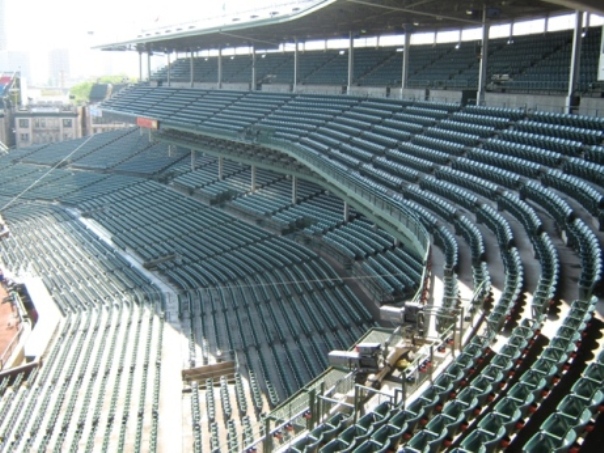
Just build the ballpark in the right spot, and then everyone can see!
JOE: Kurt, it’s interesting that you bring up both Fenway’s shape and its dimensions, because I believe both are drawbacks.
Regarding the shape of Fenway’s footprint, I would term it “misshapen” more than “stretched sideways.” Like a lot of parks built during the concrete-and-steel era in the first couple of decades of the 20th Century, Fenway’s design evolved over time (but was always limited by the non-square parcel of land).
But this evolution has created a truly undesirable arrangement of seating in Fenway, where a ridiculously large percentage of seats are beyond right center field and, worse, in the right-field corner beyond the foul pole. If you’ve tried to watch a game from a seat in that corner, you’ll know what I mean.
Wrigley, though, evolved in an orderly way that the original architect, Zachary Taylor Davis, could’ve easily envisioned. Hence you have a true upper deck with fantastic views of the field – even from its farthest reaches – and outfield seating that makes sense.
Regarding the dimensions of the two fields, I would again apply the word “misshapen” to Fenway. With foul poles that are 302 feet away in right and, we assume (since the Red Sox discourage anyone from actually measuring it), 310 feet in left, and the silly “triangle” near center, it makes for bizarre dimensions. While I like some originality in outfield dimensions (like the two “wells” in Wrigley’s outfield), the number of oddities in Boston outfield are far too numerous.
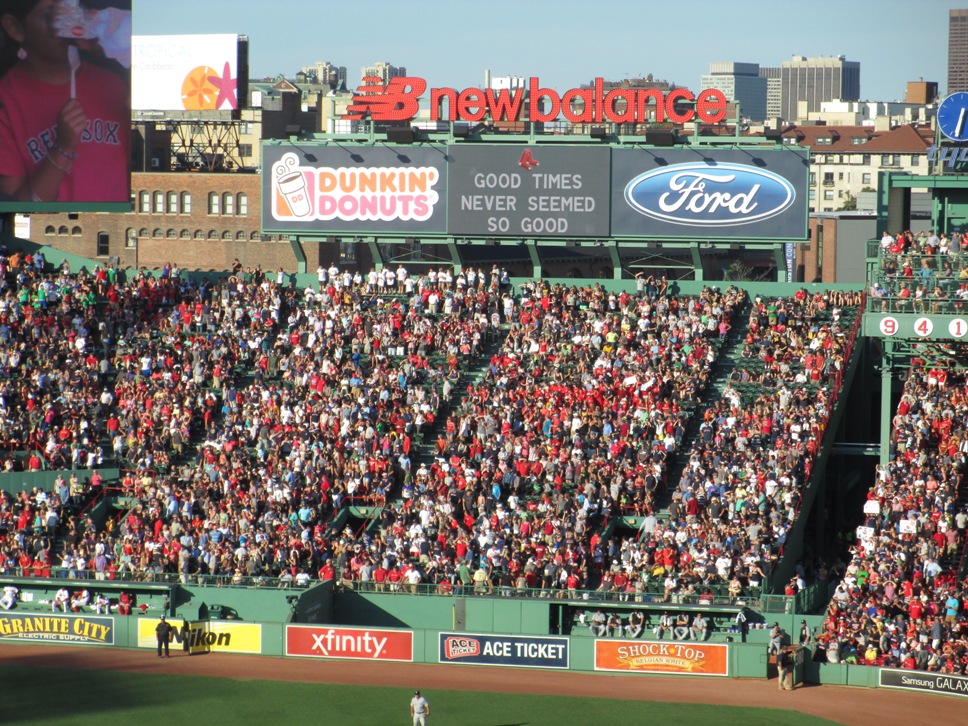
With helpful lyrics on the scoreboard for the two fans that don’t know the words.
Gameday Atmosphere
KURT: When the Red Sox expanded the ballpark, so to speak, into Yawkey Way (now Jersey Street), they created a wonderful pre-game atmosphere for kids of all ages. The old-time band playing, Big League Brian on his stilts, carts selling roasted peanuts and Luis Tiant selling Cuban sandwiches…that’s baseball at its best.
Red Sox and Cubs fans both deserve props for their dedication, and both teams’ fans are raucous and show up in large numbers. But while I’m not knocking anyone’s reason to come to a ballgame, there are fans at Wrigley that are there more for the party than to cheer the Cubs. It’s not just me saying that…I’ve read that a lot. Red Sox fans are rarely accused of this. Everyone in the ballpark lives to hear “Dirty Water” blaring on the PA after a Red Sox victory.
Not to harp on the renovation point again, but the Cubs also did some damage to the gameday atmosphere with the video board and strong arming of businesses like street guys selling programs. The Bucket Bangers, for example, are essential Wrigley…I don’t know if the Cubs were responsible, but I didn’t see or hear them in my last visit. And I missed them.
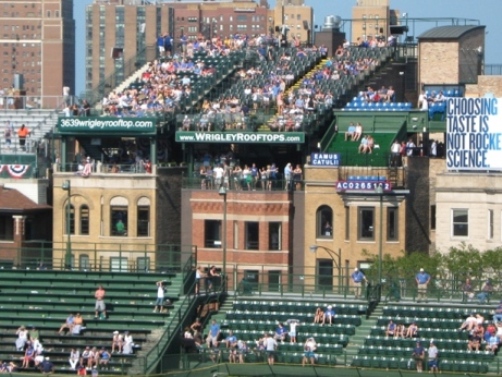
Where else do houses across the street have grandstands?
JOE: While I concede that the Cubs’ current owners made a number of changes based on business decisions rather than aesthetics, it’s still a blast attending a Cubs game. Without the need for the contrived closed-off-street of Yawkey Way, the area around Wrigley is truly alive before and after games.
And there’s something endearing about fans who for generations have come to the Friendly Confines more for the park and the experience than to root for the perpetually losing team. And you can’t say it’s not an “experience” to go to a Cubs home game, win or lose. The front office makes sure of that. The entire season of Wrigley’s 100th Birthday in 2014 was a testament to that.

The Fenway Frank. Essential ballgame sustenance.
Concessions
KURT: Both Wrigley and Fenway are relatively simple in their concessions, at least compared to places like Nationals Park (shawarma) and Progressive Field (Froot loop dogs). When it comes to the basic ballpark food…the basic hot dog…Wrigley doesn’t have the uniqueness of the Fenway Frank. Mushy white bread buns are part of baseball.
Actually, one could argue that there’s a better variety at Wrigley, and there is, at least inside both ballparks. Wrigley does have Gilbert’s sausages and Hot Doug’s dogs, and Giordano’s deep dish pizza is better than Papa Gino’s. But when you add the outside sausage vendors, Fenway has a definite edge…the Inner Beauty hot sauce at the Sausage Connection and the plain sausage and peppers from the Sausage Guy are without peer even inside of Fenway.
Plus Fenway has lobster rolls, so Wrigley featuring Italian beef doesn’t weigh in favor of Wrigley as much…
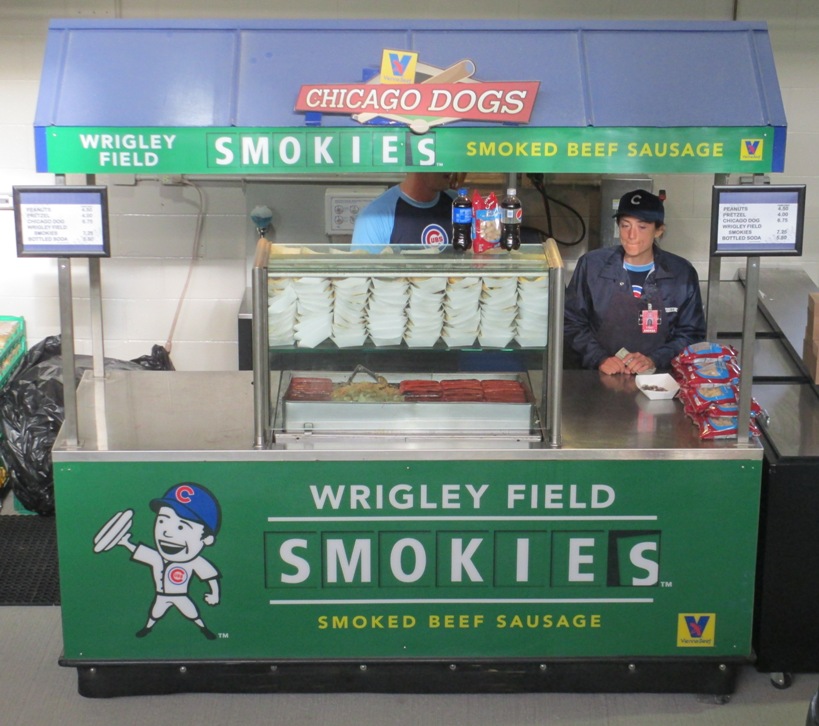
Joe’s got a point about the variety of hot dogs and sausages.
JOE: I’ve always felt the concessions at Fenway were fine, but never in the top ten in the Majors. If you insist, Kurt, on including food sold outside of the ballpark, that does elevate Fenway’s food ranking, but not by much.
I agree that the Giordano’s pizza at Wrigley is better than what’s in Boston, but I think the difference isn’t slight. I think it’s huge. Giordano’s is that good.
The sausages and franks at Wrigley speak for themselves, and far outpace anything of the sort at Fenway. New this year are variations on chicken sausage by Gilbert’s.
And since you’re including food found outside Fenway, I’ll do the same with Wrigley. In the Wrigleyville area, you’ll find perhaps the best corned beef sandwich anywhere at DMK Burger Bar, and next door at the Fish Bar there’ a zesty po-boy that includes both shrimp and crawfish, and a wonderful lobster roll (!). And at Giordano’s sit-down eatery, you can experience their entire array of scrumptious pizzas of varying crust thicknesses, and a savory chicken parm.
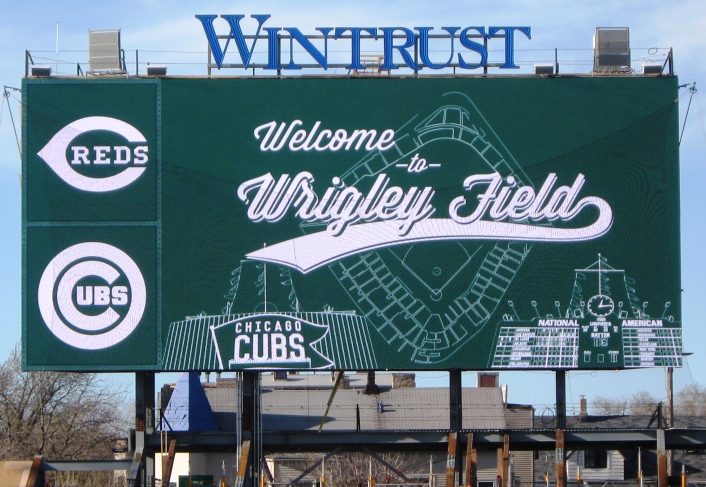
Just the words invoke a happy feeling.
Summary
JOE: In 2013, USA TODAY asked me to write an article about each MLB park. They then ran one article per week in their Sports Weekly publication, doing a countdown from number 30 to 1. My top park was Wrigley. I supported that ranking by pointing out the wonderful gameday environment there and the stupendous sense of history.
There’s no doubt that both Fenway and Wrigley are national treasures, and are among America’s most beloved parks – probably the top two on that list. Wrigley, though, edges out Fenway, especially when you consider architecture, surroundings and concessions.
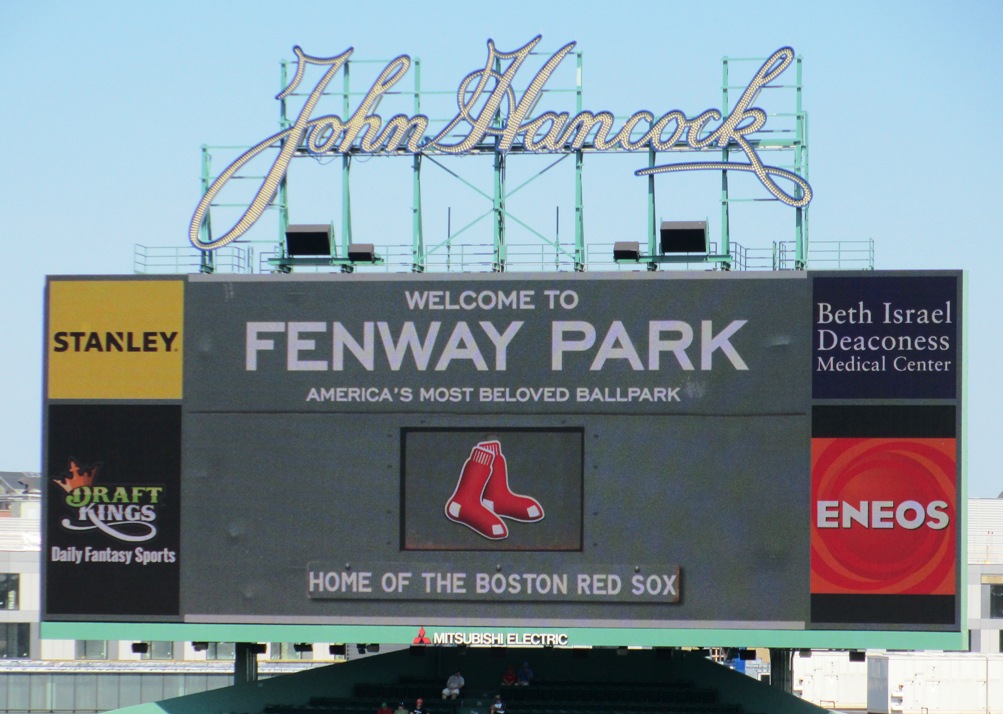
Ditto.
KURT: In the pre-renovation years of both ballparks, I had actually preferred Wrigley to Fenway, largely because there were a lot of pitfalls to mar the experience at Fenway…small concourse space, parking difficulties, and lots of not so great seats. Now that I have researched both ballparks thoroughly, I’ve come to realize that the challenges of Fenway are what makes it great…it’s not a ballpark for amateurs, and it brings out the best in fans.
Wrigley is still a fantastic, iconic venue and as Joe says, a Cubs game is still a blast. It’s just going to take some time for me to get used to the gigantic video boards…and the loss of the rooftops and many of the nearby vendors. There is a stark contrast to how both teams handled their renovations, and it what makes Fenway superior these days, in my totally humble opinion.
Enjoy this article? Check out more about ballparks from Joe and Kurt!
Joe Mock is the writer and photographer for BaseballParks.com, which dates back to the dawn of the Web in 1997. He also writes regularly for USA TODAY Sports. Kurt Smith is the owner and author of Ballpark E-Guides, the highly acclaimed (even by Joe Mock!) detailed fan’s guides to 15 major league ballparks, including Wrigley and Fenway. He is also a staff writer for JerseyMan and BostonMan Magazines.

